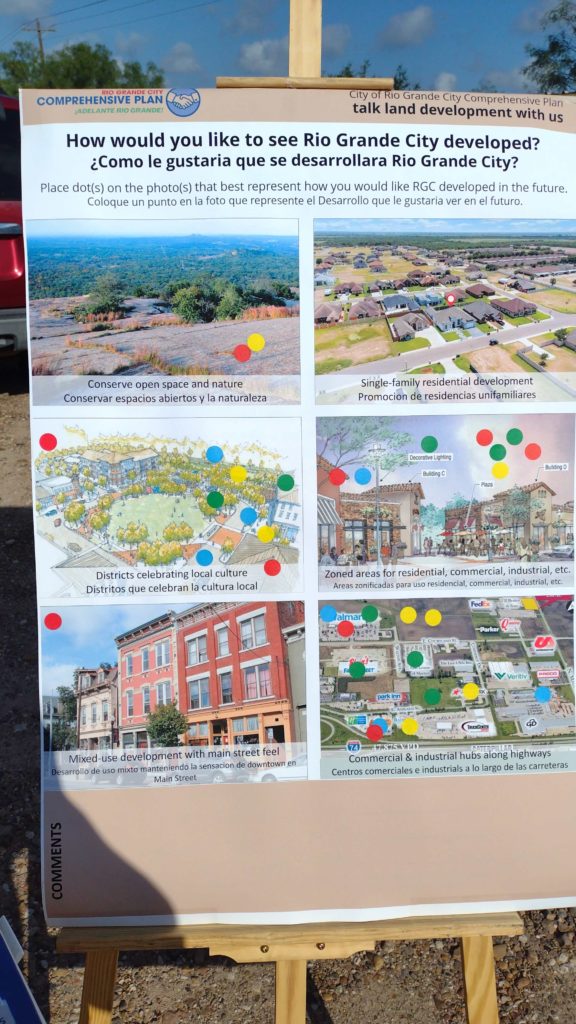by Kelsey Coats & Emily Gunderson
We know community meetings might draw people in, but they also have inherent limitations. To increase your civic engagement response, you will want to go a step further to get input from different kinds of people.
Enter “pop-up” community engagement. Instead of requiring people to come to you, you should go to where people already gather and meet them when it’s convenient for your participants. Pop-up engagements typically reach underrepresented populations, offer more choices for those who stop by your table, and frequently solicit valuable engagement, input, and results.
What’s Wrong with Community Meetings?
Nothing is wrong with town hall-style meetings, but they tend to be overly relied upon and lack efficacy in certain aspects. For example, community meetings are held one at a time and in a location that works for the organizers. This might or might not work for people’s schedules and could require time out of a busy day to attend. If you don’t offer childcare, attendees must either bring children with them, which is potentially disruptive, or figure out childcare on their own.
Community meetings also require sitting and listening, perhaps for 30 minutes or longer, and can be perceived as uninteresting. Finally, these meetings are limited in their variety of attendees; the same people tend to show up time and again. While their thoughts are important, we also want to hear from other people.

A Best Practice for Community Engagement
Pop-up community engagement solves many of these issues. They can reach more people because you go to people where they are at multiple times and places. This means reaching individuals that might not traditionally attend community meetings, for whatever reason. People can spend as much or as little time as they want talking to you and leaving comments – there’s less pressure overall. Even if individuals don’t overtly seem to engage, they can see you were there, trying to get input. It makes an impression and signage can relay web addresses for them to visit at a later time. Pop-up community engagement also offers you the chance to provide important resources and directly answer questions. You might be surprised by the directions your conversations may go.

Where to Start with Pop-up Community Engagement
Now that you know why this style of engagement offers more efficacy than traditional community meetings, where to start? You want to know your why, who, where, what, and when.
- WHY? Why are you engaging people? This will drive your focus.
- WHO? Whom are you trying to talk to in the community?
- WHERE? Where do they go in the community?
- WHAT? What are they doing there and how could you fit in?
- WHEN? When do they go there? Make a list and visit each location, watching for patterns of attendance and flow.
Take time to map out your pop-up locations, making sure they are equitably distributed throughout the community. If you plan on using the same posters/signage, have a plan for how you will know which comments came from where. One strategy is to use different color markers by location. Another is to take pictures between pop-up locations.
Be sure to have a sign at your pop-up saying that you’re doing citizen engagement and not trying to sell anything. This will go a long way toward increasing engagement.
Once you’ve had a few rounds of pop-up community locations, take time to analyze the results. Compare them to past meeting results and comments. How are they different? An effective engagement strategy should be a blend of styles that works best for you and your goals, helping meet the needs of the people you serve.








